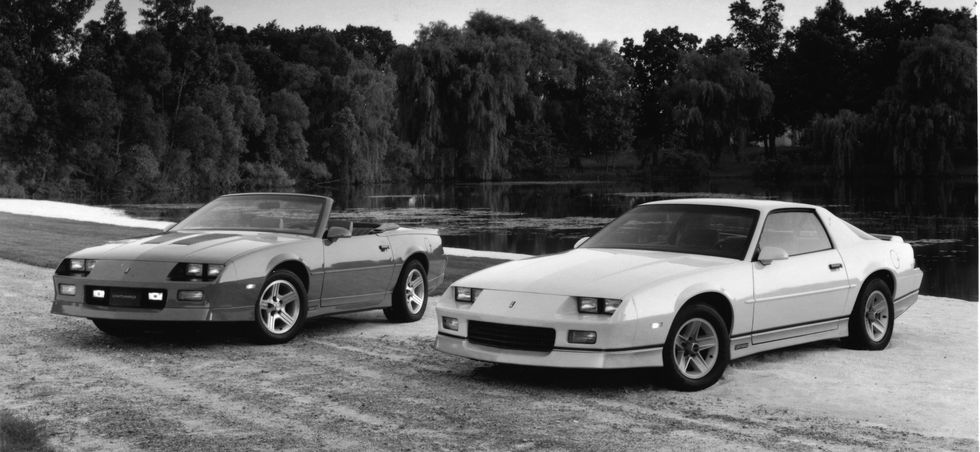- Finding a decent deal on a car—new or used—hasn’t been easy for nearly three years now, and a study from S&P Mobility offers a new reason why.
- The average age of vehicles in operation has risen for six straight years, with passenger cars on the road hovering around 14 years old.
- New sales numbers are projected to stabilize this year, but analysts at S&P Mobility say this higher average age will likely drive growth in the aftermarket sector.
You’ve probably heard that new cars are, well, expensive. Even if prices might be dropping and inventory is starting to stabilize, the average price of a new car is still around $48,000. If that’s not enough sticker shock, a study by S&P Mobility shows the average age of passenger cars in operation is 13.6 years old. That average age rose sharply in 2020.
Less than two decades old might seem spry for a used car but, with more than 284 million vehicles running on US roads, these statistics show a new but increasing trend for domestic consumers. Even if consumers want to purchase a new car, many are opting to keep their current cars. Light trucks make up an average of 11.8 years in operation, which means an overall average age for US vehicles of 12.5 years.
S&P Mobility says the average age of vehicles has risen six straight years, and this year represents the highest yearly increase since the 2008-2009 recession. Analysis of new vehicle sales indicates these increases are due to a sharp decline in new-vehicle sales demand as well as year-end low levels of inventory. With the growing popularity of pickup trucks as family vehicles, the number of passenger cars on the road may fall beneath 100 million for the first time since 1978.
Notably, a less dramatic rise in the age of light trucks means the number of passenger cars on the road may fall beneath 100 million for the first time since 1978.
“We expected the confluence of factors impacting the fleet coming out of 2021 would provide further upward pressure on average vehicle age. But the pressure was amplified in the back half of 2022 as interest rates and inflation began to take their toll,” said Todd Campau, associate director of aftermarket solutions for S&P Global Mobility.
Despite new sales figures dropping in 2021 and 2022, S&P Mobility forecasts new vehicle sales to surpass 14.5 million units in 2023. This should curb the average age growth rate, though the steady rise in age also has benefits for the aftermarket sector.
Older vehicles with more miles mean additional work for dealerships or independent garages. Plus, higher-mileage service maintenance is often expensive, leading to increased revenue for technicians. And this aging trend isn’t just a fluke, as projections show that vehicles ages 6-14 will grow by another 10 million units and represent 74% of vehicles on the road by 2028. That’s worth an extra 5% or more in revenue for service centers and their employees going into 2023.
“Traditionally, the ‘sweet spot’ for aftermarket repair was considered 6-11 years of age, but with average age at 12.5 years, the sweet spot for aftermarket repair is growing,” said Campau. “There are almost 122 million vehicles in operation over 12 years old.”
Going forward, S&P Mobility expects the light truck market to continue growing, as 78% of all new vehicles registered in the US last year were pickups, crossovers, or SUVs, which represent 63% of road-going passenger vehicles.
Did you hold onto your current car during the pandemic? Please share your experiences below.
Associate Editor
A New York transplant hailing from the Pacific Northwest, Emmet White has a passion for anything that goes: cars, bicycles, planes, and motorcycles. After learning to ride at 17, Emmet worked in the motorcycle industry before joining Autoweek in 2022. The woes of alternate side parking have kept his fleet moderate, with a 2014 Volkswagen Jetta GLI and a 2003 Honda Nighthawk 750 street parked in his South Brooklyn community.
Read the full article here



